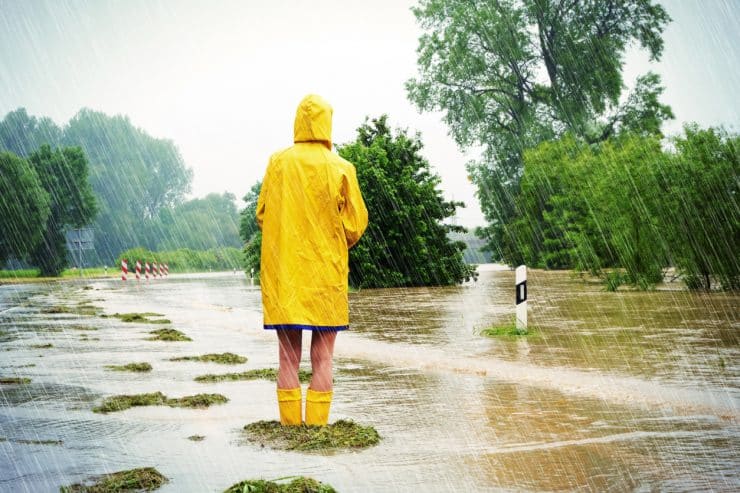Fires continue to rage on the West Coast. Hurricanes have already powered through their allotted 26 names for the year. And we’re stuck wondering what else 2020 has in store.
Natural disasters are not new, but preparing for them the right way — since they can strike by surprise — might be the best current trend. To avoid panic during times of uncertainty and chaos, preparation is key. Even if you don’t live in an area familiar to natural disasters, or you think you have it all covered, be sure to work your way through the following steps so you don’t find yourself in a bind when the next one hits.
Check Your Homeowner’s Insurance Policy
Before disaster strikes, check to make sure your homeowner’s insurance policy checks all of the boxes when it comes to natural disasters. Now, if you live in a part of the world that isn’t likely to be struck with wildfires, you don’t necessarily need insurance against them. But, for example, if you live in California, you should be sure you’re covered against any and all wildfire damage. In this case, normal homeowner’s insurance covers fire and smoke damage, but not necessarily wildfire damage.
It’s similar for hurricanes. You might get coverage for hurricanes, but not for flooding, which could require purchasing an additional policy to ensure protection. If you live in a hurricane-prone area of the country, your homeowner’s insurance may actually leave out hurricane coverage, in which case you’d need to purchase additional hurricane insurance.
Pack a Bag
You have to be ready to move on a very short notice, so a go-bag is a necessity. You should have all of your personal belongings in one place and ready to grab quickly and easily. This could include things like a change of clothes, water, food, batteries, and any personal items you do not want to be without. In the age of Covid, you also want to be sure to have hand sanitizer, a mask, and soap with you to help you stay safe.
Gather Financial (and Other Important) Documents
Personal items aren’t the only things you’ll need, though. You should have copies (or originals) of the following items in a sealed plastic bag in your ready-to-go kit. Of these, the birth certificate and social security card are most important as you need them to recreate the rest.
Make a Plan
Finally, though arguably the most important, you need to have a plan. When you have to get out, know where you’re going and how you’re getting there. This step used to be (somewhat) easier, but now your plan has to consider Covid regulations and travel restrictions. Stay up to date on rules and requirements from your state and the state you are looking to go to and be ready to adjust accordingly if things change.
With Rebecca Cohen






